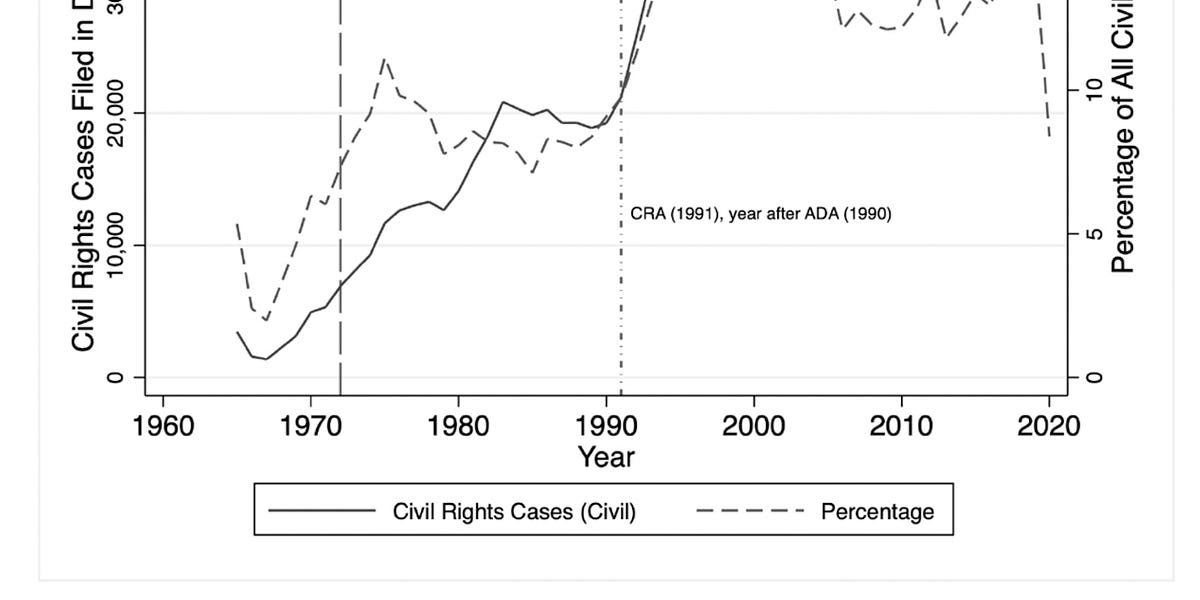
The End of Chicken-Breast Dominance
Few things in life are both cheaper and better, but for a long time, this was true of the chicken thigh. Its superiority was passed like a shibboleth among food connoisseurs: Thighs are juicier, tastier, are almost half the price—preferable in just about every way to the boneless, skinless, flavorless breasts that reign supreme in America.
Well, the secret’s out. On a recent trip to the grocery store, I picked up a pack of boneless thighs that cost, pound for pound, some 50 cents more than boneless breasts. In fact, the cost of thighs has crept steadily upward for years now, and surpassed that of breasts for much of last year. In recent months, breasts have gained in price again, but white meat’s continued dominance no longer seems assured. Home cooks have embraced the flavor and versatility of dark meat; fast-casual restaurants such as Chipotle and Sweetgreen have it all over their menus. After a decades-long run, America’s white-meat era may finally be ending.
That era began in the1980s, when the first plant dedicated to deboned breast meat opened in the United States. “Before that, deboned breast meat was very expensive and rare,” Paul Aho, a poultry-industry consultant, told me. Eating chicken used to mean getting whole chickens, skin and bones and all. But when processing plants started atomizing chicken into their parts, the popularity of boneless, skinless breasts exploded. Americans learned to love not only slabs of white meat but also nuggets, patties, and tenders—processed products made possible by the ubiquity of deboned breasts. In an era obsessed with low-fat, low-cholesterol diets, white meat was deemed the healthier option too. Demand for breasts drove the expansion of the entire American poultry industry, Aho said.














